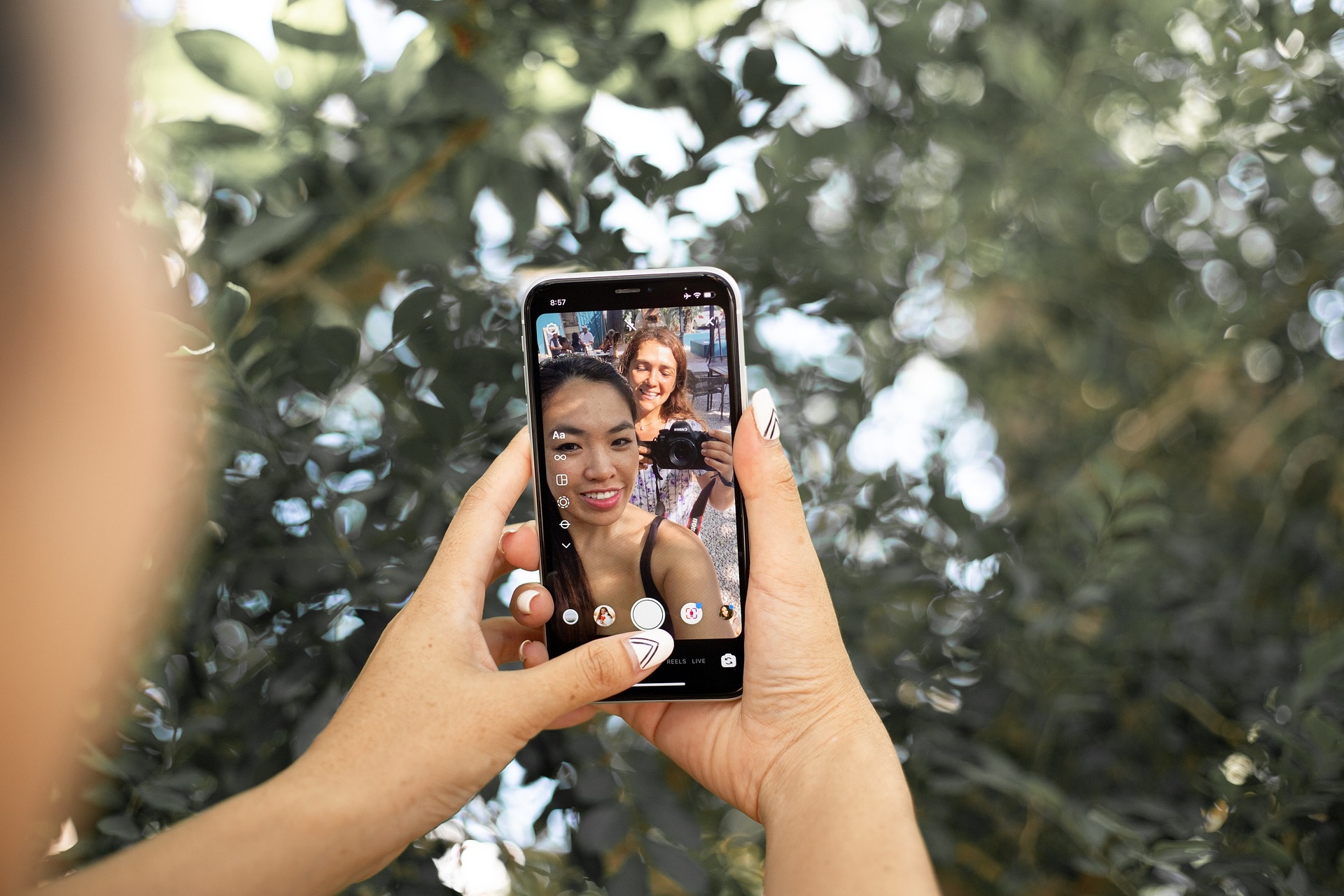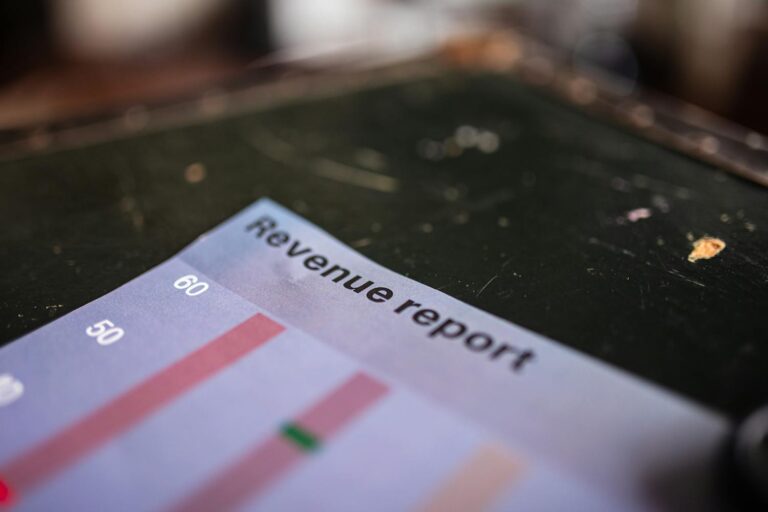
Build it and they will come, is how the popular saying goes, but it’s not entirely accurate when it comes to social media. The general advice for brands now is that they must absolutely have a social media presence. However, this goes far beyond just firing up your favorite social media platform and creating an account.
It’s not that simple. Just having accounts or posting randomly without a defined strategy isn’t going to get you the desired results. With so many different social media platforms available now, brands also need to be more diligent about what they’re posting, when they’re posting and how they can drive the maximum engagement out of it.
Building out your brand on social media, particularly organically, can be a soul crushing experience. That’s seriously not an exaggeration. Many brands that don’t want to throw money on the problem right out the gate struggle with establishing their social media presence. It can be quite draining when you spend a lot of time and effort on creating content only for your efforts to not result in any significant gains in views and followers.
It’s no secret that the key to success on social media is consistency. Even if your content isn’t taking off at first, it’s important to continue posting and gradually building up your audience. It’s equally as important to not neglect other platforms where you could reshare that content to further maximize the value of what you’ve created.
Picking the right platforms will set you up for success
Most of the leading social media platforms offer a lot of similar features these days. For example, the ephemeral “stories” feature may have gained popularity through Snapchat but now you can also find it on Facebook, Instagram, TikTok, and others. The same holds true for short-form video.
Creating unique content for all of these different platforms won’t be possible unless you’ve got a full-blown media production department and copious amounts of marketing dollars. When deciding which social media platforms to create a presence on, look for the feature similarities between the different options.
This will give you the flexibility to utilize the content that you’ve already created and spread it across all of these different platforms. This approach has a greater chance of setting you up for success.
Extract more out of your content calendar
This circles back to consistency which is a big factor in all successful social media endeavors. Just look at all of the major players in your industry and you’ll find a common thread. They have their posting schedules locked down.
A content calendar is a great way to ensure that nothing falls through the cracks. If you’re looking to maximize your content on social media, a calendar can help you divide how much of it you’re going to post on a given day and on which platforms. This can be useful in preventing content fatigue for your audience.

The added benefit of this approach is that you’re able to work on your social media postings in a much more professional manner. You can fine-tune your posts to suit each individual social media platform without having to jump through the sites. Timing them correctly will ensure maximum engagement from the audience.
Avoid inactive social media feeds
For most people who are looking at brands online, an inactive social media feed is a big red flag. It instantly makes them question the brand’s authenticity as it’s unfathomable that a business in this day and age would not be actively promoting itself across all of its social media channels.
This is a pitfall that you can avoid by maximizing your content on social media. For example, even if you’ve just recorded one video for a day, you could post it with minor edits across all of the social media platforms you’re on so that the clip is suited to each individual platform.
The audience there would thus see that the brand regularly updates its feed with content and they’ll likely to continue engaging with it. Dead social media feeds also tend to impact the reach of your content, since the platform’s algorithms will slowly stop pushing the old content to users.
Paid campaigns should always be an option
Social media platforms may position themselves as free services but they are increasingly finding ways to extract more ad revenue out of brands. To truly succeed on social media, paid marketing is inevitable.
As you work through maximizing your content on social media, look at opportunities that you can leverage to further expand the reach of your content. This may be through paid campaigns through the platform’s ad tools or via influencer marketing.
If you’ve created a great piece of content and would like to promote it further, you can always find an influencer in your niche that has a relevant audience. Work with them to put your content in front of more people who could potentially be new customers.

Your interactions are just as important as your content
A clear focus on the quality and quantity of content is required for an effective social media strategy, however, the buck doesn’t stop there. How you drive the engagements that the content brings is equally important. This should be the guiding principle when interacting with the people who engage with your content.
People prefer interactions that feel human on social media. Your brand shouldn’t come off as being a cold, faceless corporation that has no personality. When people engage with your brand’s content online, they’re looking for a response that feels more natural and human.
That’s one of the main reasons why brands are increasingly taking a more informal approach to their conversations on social media, a tone that you wouldn’t expect to see in their professional communications. From making jokes on Twitter to sharing behind the scenes stories on Instagram, your content maximization efforts will only be as good as the quality of interactions that people get from them.

Remember, content is still king on social media
There’s no substitute for great content. Whether it’s a well-produced video, an exceptional image or even a hilarious tweet that goes viral. Nothing beats great content on social media networks.
If you are able to nail that down and spread that content across all of the platforms that you have a presence on, it won’t be long before you see brand lift across all platforms.




